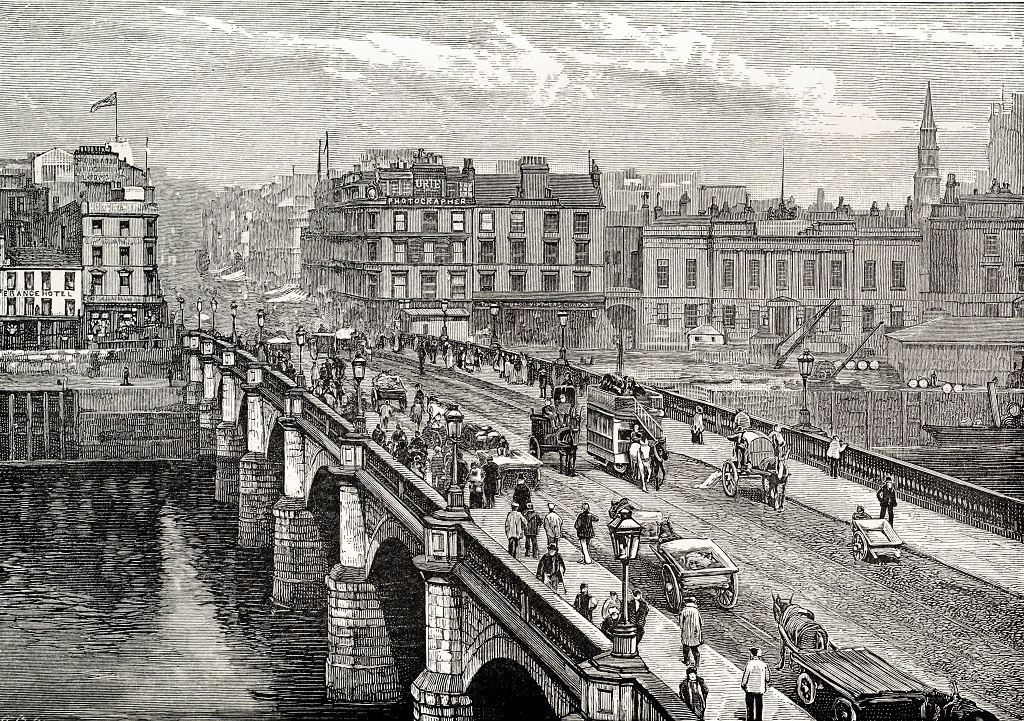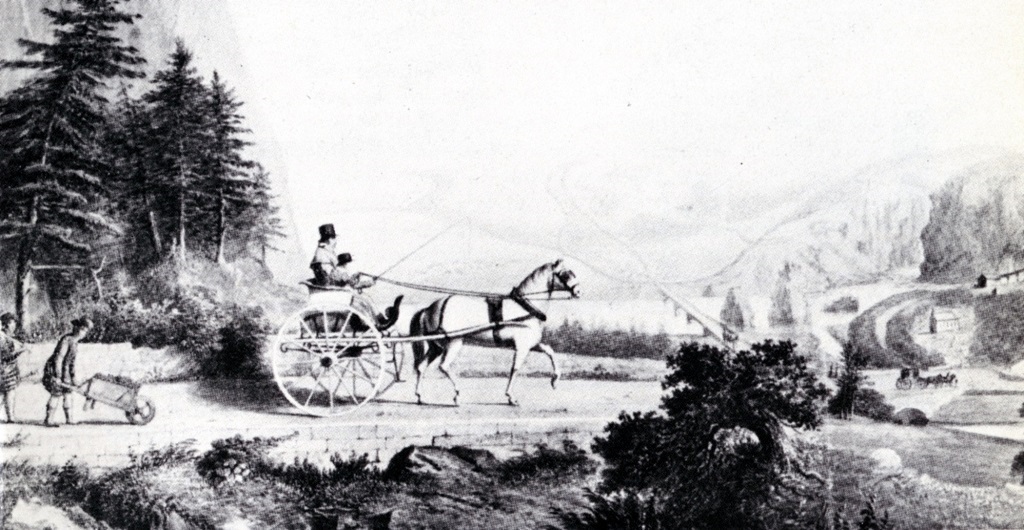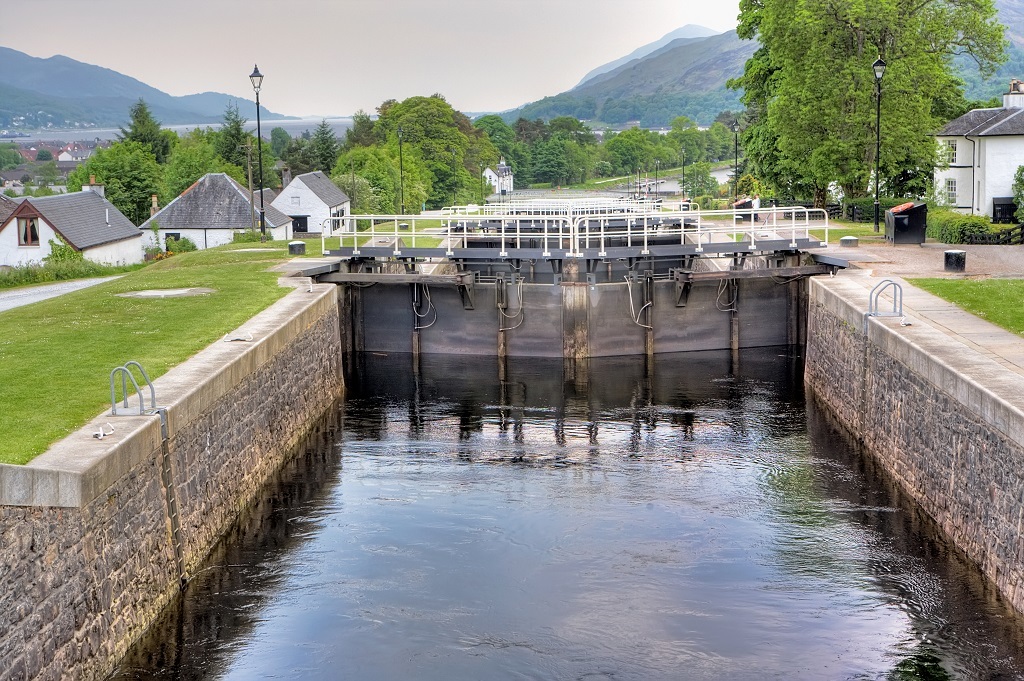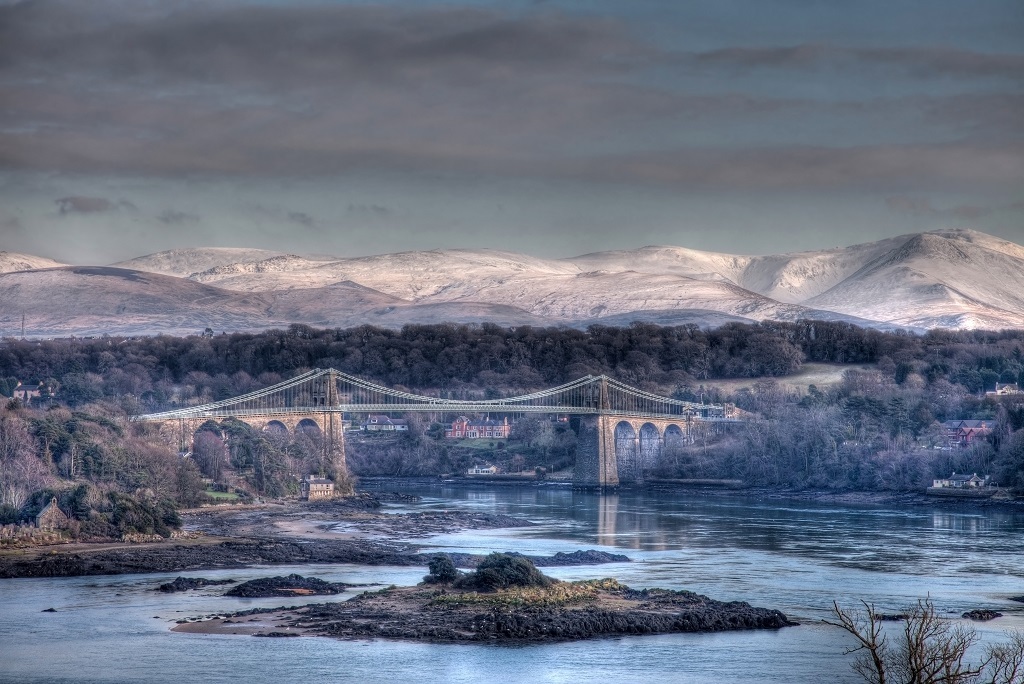
Thomas Telford – the colossus of roads
Scot Thomas Telford was arguably the greatest builder of roads, bridges and canals Britain has ever seen.
But he could scarcely have had a more difficult start in life. Born in a little cottage beside the Meggat Water in Eskdale in the Scottish Lowlands in August 1757, his father John was a shepherd who tragically died just two months after the birth of his son.
Thomas and his mother, Janet Jackson, were forced to move down the valley and lived in just a single room, precluding any chance of more than a cursory formal education for the young Thomas, and dictating that he had to leave school aged 14 to begin work as an apprentice stonemason.
By the time he finished that apprenticeship he was already involved in the construction of a new bridge over the Esk at Langholm – it is still there and still bears Telford’s mason’s mark.
During this period the young Telford was not entirely taken up with work. Thanks to Elizabeth Pasley, a local lady, he was introduced to literature and especially poetry, and proved an enthusiastic pupil. He was soon regularly writing verses himself and was later to become a close friend of Robert Southey, the Poet Laureate who was famous for his collaboration with Coleridge. This was clearly no ordinary stonemason.

The Broomielaw Bridge in Glasgow, designed by Thomas Telford
Telford quickly realised that if he wanted to make his way in the world, then he would have to leave Eskdale. He went first to Edinburgh, working on the New Town, and from there to London. With greater experience came greater confidence in his own abilities and he soon found himself not just an ordinary mason, but in charge of major works at Portsmouth Dockyard before, in 1786, he achieved his major breakthrough.
Sir William Pulteney, who had recently been elected MP for Shrewsbury, decided to have Shrewsbury Castle renovated and offered Telford the job. He thoroughly enjoyed his time in Shrewsbury and mixed well with people from all classes in the local society.
It was a remarkable springboard for the shepherd’s son from Scotland. It was not long before he was offered the important post of County Surveyor for Shropshire, which gave him the authority to undertake major works under his own control. He rose to the challenge admirably, building the first of his many bridges across the Severn at Montford and even trying his hand at architecture by designing two churches at Madeley and Bridgenorth, both built in the fashionable neoclassical style.
Telford was now so highly thought of that when the leading citizens of the area were promoting a new canal to North Wales, they insisted the chief engineer, William Jessop, took on Telford as the resident engineer, even though he had no experience in that kind of work.

Thomas Telford inspecting the work on the Caledonian Canal
The Ellesmere Canal, now usually known as the Llangollen, presented one huge problem to the engineers: how to cross the deep valley of the Dee. Before a solution could be found, Telford was called away to complete the Shrewsbury Canal. The original engineer had died suddenly, leaving an aqueduct to be completed across the River Tern at Longdon.
The aqueduct could have been constructed as a conventional stone or brick structure, but Telford and the ironmaster William Reynolds decided to try something different – an aqueduct in which the water was held in an iron trough instead of in stone lined with heavy clay to keep it watertight.
When it worked, Telford immediately realised that this technique solved the River Dee problem – the valley could be crossed by a light iron trough aqueduct. The result was Pontcysyllte, one of the grandest structures of the canal age. Jessop was still the chief engineer, but Telford rightly took much of the credit for this staggering construction which stood over a thousand foot long and rose 120 feet above the river.
It was a breakthrough which made Telford famous. In future, he would always be the chief engineer on any other canal projects he worked on, whether it was smaller canals or major projects such as the main line of the Birmingham Canal and what is now the Shropshire Union main line.
Telford was always intensely patriotic and when the chance came for him to improve his native land, he grabbed the opportunity. At the end of the 18th century, the Highlands endured such extreme poverty that many were forced to emigrate, with the government eventually stepping in with a programme of works over which Telford took charge.

The Caledonian Canal was designed by Thomas Telford
What Scotland most needed was a transport infrastructure, so he set to work building roads, some of which required imposing bridges, such as the one across the Spey at Craigellachie. Another strand of his plan required boosting the fishing industry, which he did by building a whole new town and harbour at Wick.
However, by far the most demanding project was for a ship canal which bisected Scotland and joined the Irish Sea and North Sea. The Caledonian Canal was an immense undertaking and construction would normally have involved employing seasoned, experienced navvies. But this project was different: one of the main objects of the canal’s construction was to give work to the Highlanders so that they could provide funds for their desperately poor families.
So successful was the Caledonian Canal’s construction that it secured another prime commission for Telford, who was asked to act as chief engineer for one of the most ambitious ship canals ever built. Like the Caledonian Canal, the Gotha, which runs across Sweden from the North Sea to the Baltic, is still very much in use.
Perhaps the most important of all the projects on which he worked throughout his life was the Holyhead Road, built to carry the Irish Mails. The older roads of Britain had been wretched affairs, muddy and rutted, but he devised a new method of road surfacing that made his roads probably the finest the country had seen since the Romans marched away (hence his nickname of ‘The Colossus of Roads’).

The Menai Bridge, across the Menai Straits, which separated Anglesey from the mainland
Telford had to build his route through the mountains and faced an immense obstacle, the Menai Straits, which separated Anglesey from the mainland. He could not build a conventional bridge because the seaway had to be kept open for tall-masted sailing ships, so he opted for a suspension bridge. The idea was not entirely new, but nothing on this scale had ever been attempted before, and despite Telford’s endless test rigs to work out the stresses and strains, there remained a great deal of anxiety given that no one could be sure whether such a structure would actually
work. It did and remains in use to this day.
Telford was always prepared to pass on his knowledge to a younger generation of engineers and his London home was always open to them. He was also keen to increase the professional standing of engineers, and when the Institution of Civil Engineers was founded in 1820 he was the first President, and remained so until he died in 1834 aged 77.
He did not leave behind a personal fortune, but he did leave lasting monuments in his roads, bridges and canals as testament to his genius.
Read more in Thomas Telford – Master Builder of Roads & Canals, written by Anthony Burton and published by Pen & Sword, priced £19.99
This feature was first published in June 2016.
TAGS

